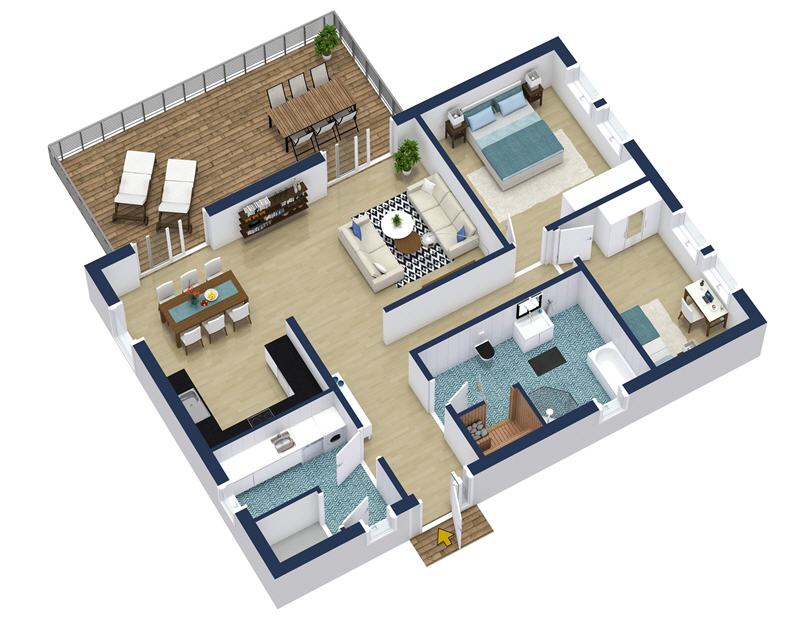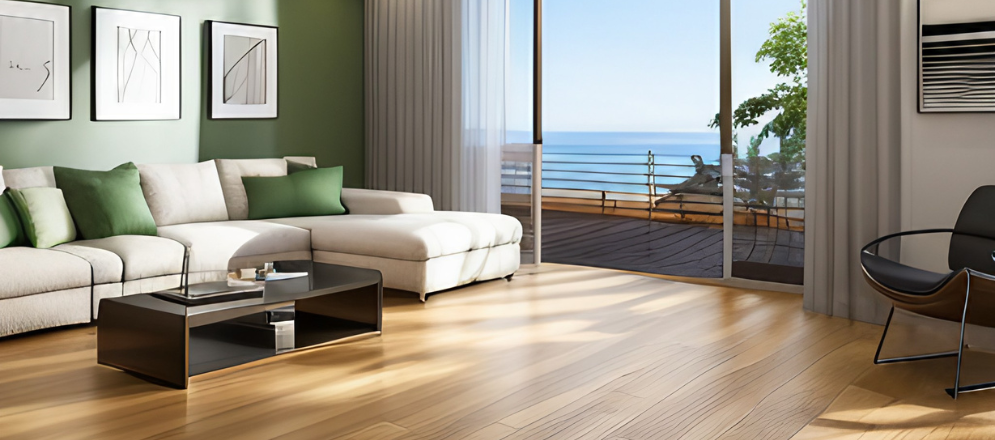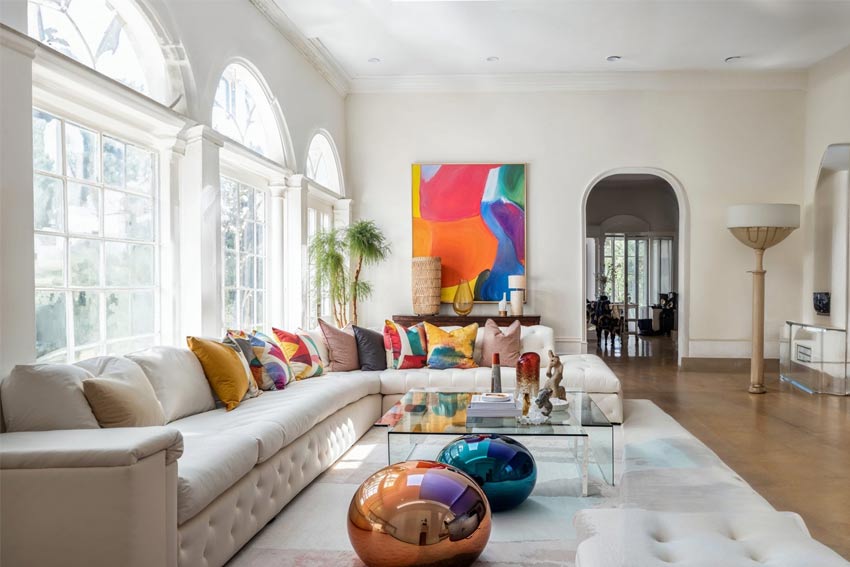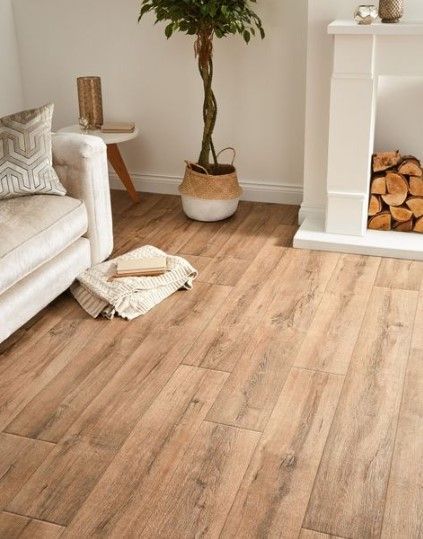When I started designing my home, I ventured into a world of endless possibilities. The floor became the foundation of my design journey—quite literally. In this article, I’ll share my insights, tips, and everything you need to know about floor design and home interiors.
Understanding the Importance of Floor Design
Your floor sets the tone for the entire space. It’s not just about aesthetics but also functionality and durability. A well-crafted floor design can:
- Enhance the visual appeal of your home
- Increase the value of your property
- Provide comfort and warmth
- Reflect your personal style
Choosing the Right Flooring Material
Choosing the right flooring material can be daunting, but it’s essential for both functionality and style. Here’s a breakdown of popular flooring materials:
1. Hardwood Flooring
Hardwood floors are timeless and elegant. They can be refinished multiple times and add significant value to your home.
| Pros | Cons |
|---|---|
| Durable and long-lasting | Can be expensive |
| Increases home value | Susceptible to scratches and dents |
| Easy to clean | Not ideal for wet areas |
2. Laminate Flooring
Laminate flooring mimics the appearance of wood or stone but is more affordable and easier to install.
| Pros | Cons |
|---|---|
| Budget-friendly | Less durable than hardwood |
| Easy installation | Can’t be refinished |
3. Tile Flooring
Tile is a great choice for areas that experience moisture, such as bathrooms and kitchens. It comes in various styles and sizes.
| Pros | Cons |
|---|---|
| Water-resistant | Can be cold underfoot |
| Durable and low maintenance | Installation can be labor-intensive |

4. Carpet
Carpet adds warmth and comfort to any room. It’s available in various textures, colors, and patterns.
| Pros | Cons |
|---|---|
| Soft and comfortable | Stains easily |
| Good insulation | Requires regular cleaning |
Flooring Styles to Consider
Once you’ve selected the material, it’s time to think about the style. Here are some popular flooring styles that you might consider:

1. Minimalist Design
A minimalist floor style focuses on simplicity and clean lines. Light-colored hardwood or polished concrete works well for this design.
2. Rustic Style
Rustic flooring often features reclaimed wood or distressed finishes, bringing a warm, homey feel to your space.

3. Contemporary Look
For a contemporary aesthetic, opt for sleek tiles or luxury vinyl flooring with bold patterns or colors.
4. Vintage Charm
Vintage-inspired flooring, such as patterned tiles, can add character and charm to kitchens or bathrooms.

Integrating Your Floor Design with Home Decor
Choosing the right floor design is just the beginning. Integrating it with your home decor can create a cohesive look. Consider the following:
1. Color Coordination
Your floor color should complement your walls and furniture. Light-colored floors can make a small space feel bigger, while darker options add coziness.

2. Texture Play
Mixing various textures can add depth. For example, pair smooth tiles with a plush rug for a unique contrast.
3. Furniture Arrangement
How you arrange your furniture can accentuate your flooring. Use area rugs to define spaces within an open-plan layout.

Maintenance Tips for Different Flooring Types
Maintaining your flooring is crucial for its longevity. Here are tips for various materials:
Hardwood Maintenance
- Regularly sweep and mop with a damp cloth.
- Use furniture pads to prevent scratches.
- Avoid water exposure to prevent warping.
Tile Maintenance
- Use a pH-neutral cleaner for regular cleaning.
- Seal grout lines to prevent stains.
- Ensure proper ventilation to prevent slip hazards.
Carpet Maintenance
- Vacuum regularly to remove dirt and allergens.
- Use carpet stain removers for spills immediately.
- Schedule professional cleaning every 12-18 months.
Cost Considerations for Flooring Options
When budgeting for flooring, it’s important to consider both material and installation costs. Below is a comparison of estimated costs:
| Flooring Type | Material Cost (per sq. ft.) | Installation Cost (per sq. ft.) |
|---|---|---|
| Hardwood | $5 – $10 | $4 – $8 |
| Laminate | $1 – $5 | $2 – $4 |
| Tile | $1 – $15 | $3 – $7 |
| Carpet | $2 – $5 | $1 – $3 |
FAQs About Floor Design and Home Interiors
1. What is the most durable flooring option?
Hardwood and tile flooring are among the most durable options, especially when properly maintained.
2. Can I install flooring myself?
While some flooring types like laminate are DIY-friendly, others like tile and hardwood often require professional installation for best results.
3. How do I choose a flooring color?
Consider the size of your space, the amount of natural light, and how the flooring color complements wall colors and furniture.
4. What flooring is best for allergies?
Hardwood and tile are ideal for allergy sufferers as they do not trap dust and allergens like carpet can.